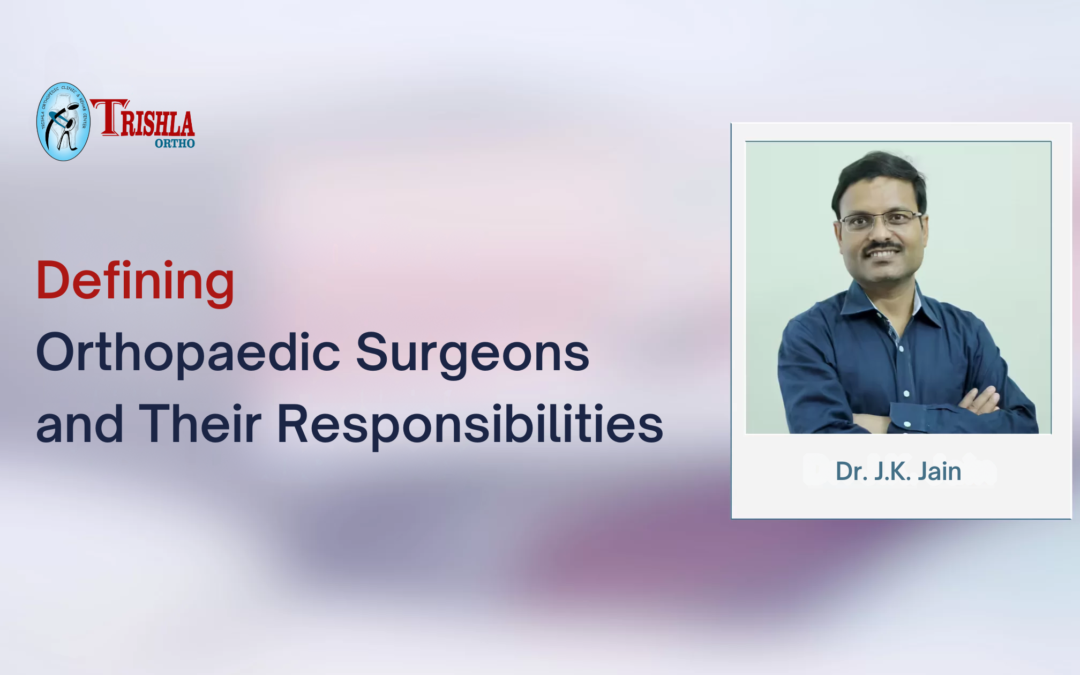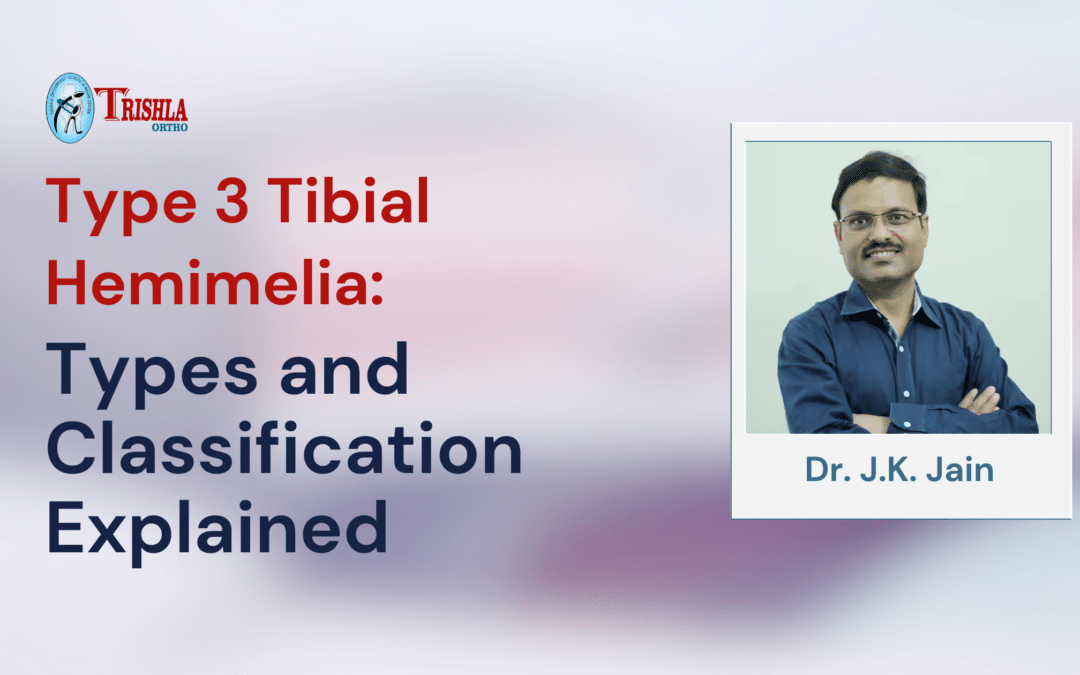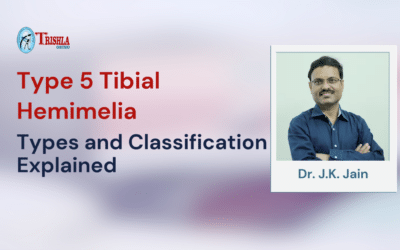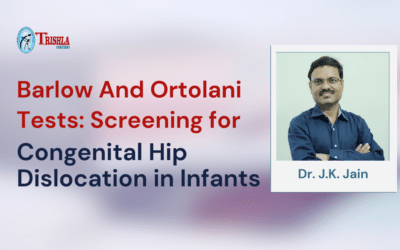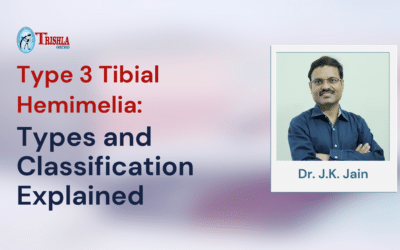Congenital deficiency of the fibula has been identified as the most prevalent long-bone deficiency. Here, the term fibula hemimelia describes a post-axial longitudinal deficiency. It comes with a broad spectrum of radiological and clinical presentations ranging from minor fibula hypoplasia to complete absence. When the severity of the condition is extreme, leg deformities is portrayed by limb shortening, foot deformity, and anterior tibial bowing, including tarsal coalition. Thus, there will be absent rays, rarely equinovalgus foot deformity.
Parents counselling about the management of the condition is extremely important to help the child. Luckily, there are treatment options available for fibula hemimelia that can help see prominent results. Even in case of extreme severity, amputation not the right surgical option. Limb can be reconstructed and child can have good walking capability with minimal complications.
Understanding fibula hemimelia
In patients, a complete absence of fibula is often seen as a more significant discrepancy in limb length. Also, it comes with severe foot deformities and consensus. The decision to choose an amputation in early childhood remains quite a difficult one for the parents and even not acceptable in most of society. But it can be an essential one for the overall well-being of the child of very poor family who cannot bear the expenses and time of limb reconstruction. In long term child need to bear prosthesis for whole life and that need repeated repair and replacement so amputation is not preferable option. After all, the long-term optimum function is quite crucial, and a clear decision weighing the surgical procedure’s risks and benefits is required.
Most preferable is the limb reconstruction by Dr. Drohr Paley approach. In this approach we need to reconstruct ankle joint and foot. After correction of foot and ankle deformity limbs can be lengthen by utilizing the Ilizarov Method. This technique, however, requires multiple operations and comes with prolonged treatment time. There can be some complications that interferes in progress but still we can manage complication and can move forward. Numerous studies have shown reconstruction as a better solution based on a few surgical events, better satisfaction, and less pain in long term.
Fibular hemimelia study
Many studies have been conducted on patients suffering from fibular hemimelia to weigh the benefits of both treatment options. After the medical condition is identified and diagnosed, surgical options are described based on the clinical findings. For children who have severe deformities, the doctors will explain the number of surgical interventions and the complications for both limb reconstruction techniques and amputation. Thus, it allows the parents to make an informed decision about the treatment.
Conclusion
If your child is ready for surgery, consider scheduling an appointment with Trishla Ortho. They have the best pediatric orthopedic doctor in India who can provide good care to your child. No matter the condition’s severity, they will devise a customized plan that will work well and offer him great results.

